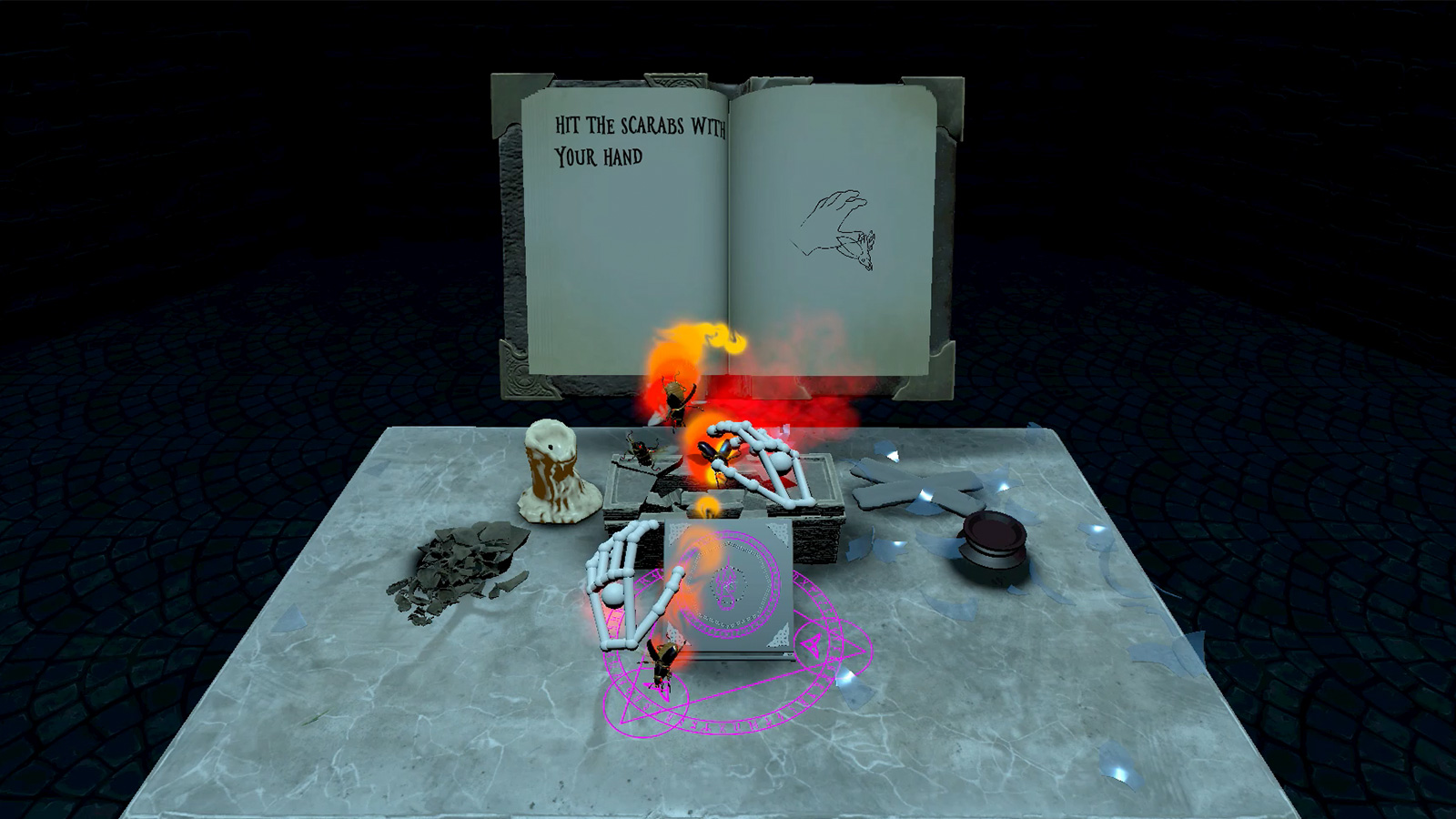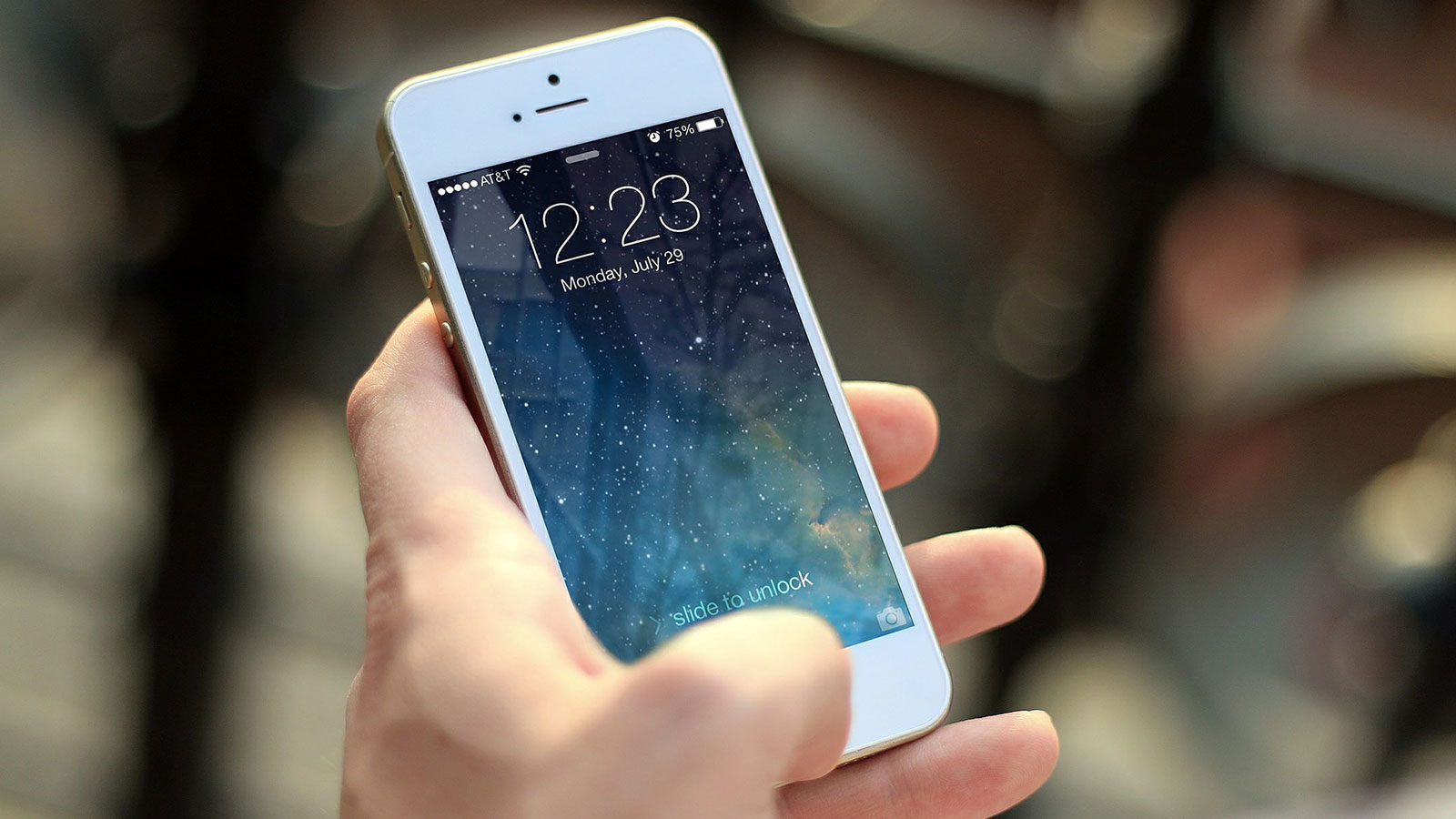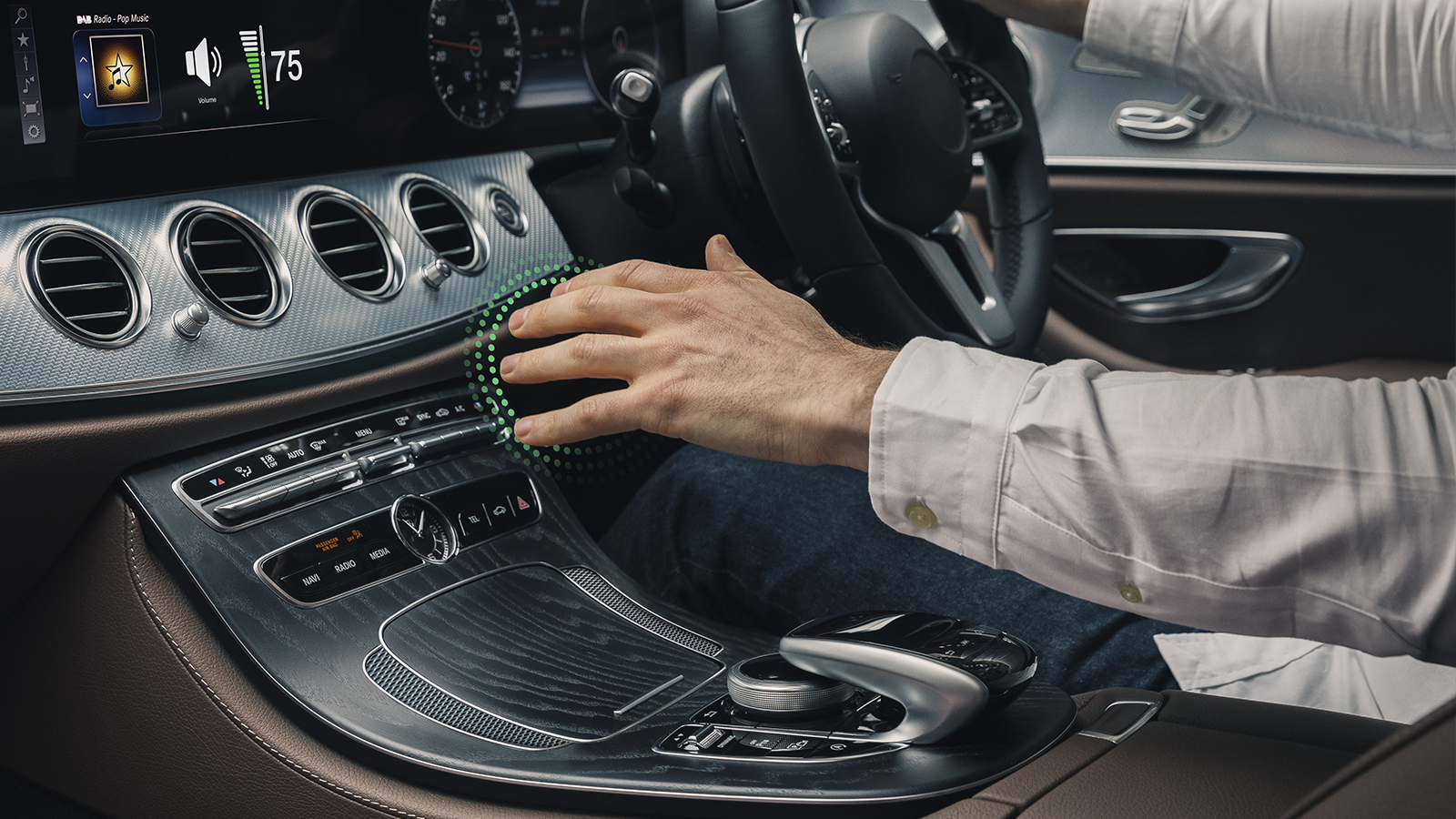What is Haptics?
Posted; June 10, 2019
Haptics is the science and technology of transmitting and understanding information through touch. Robert Blenkinsopp, VP Engineering at Ultraleap, explains everything you need to know.
At its most basic, “haptic” means anything relating to the sense of touch. (It’s derived from the Greek word for touch.)
The definition of “haptics” in science and technology though, is more precise. It relates to the use of tactile sensations in interfaces. Haptics is the science and technology of transmitting and understanding information through the sense of touch.
The most well-known examples of haptics are probably the vibration in a mobile phone or the rumble in a game controller, but there are actually a huge variety of applications: wearables, AR/VR experiences (also known as spatial computing), digital out-of-home advertising, automotive infotainment and high-end military and industrial simulation equipment, to name just a few.

HAPTICS, HAPTIC FEEDBACK, AND HAPTIC TECHNOLOGY
Haptics is often used interchangeably with the terms haptic technology (the specific technologies that simulate tactile sensations) and haptic feedback (the way touch is used to communicate with users).
However, while the terms are closely related, they are not exactly the same. Haptics is actually a broader category that encompasses both haptic technology and haptic feedback, together with the physiology and neuroscience of touch.

HAPTICS AND THE SENSE OF TOUCH
We consistently underestimate the importance of touch. After vision it’s the second most important way we have of understanding, exploring, and interacting with the world.
Touch is like our extra set of eyes. It provides us with a rich 360° field of perception that complements our high-definition but also limited field of vision. It is also fundamentally associated with our sense of body ownership and presence, and intimately linked to the way we communicate emotion.

PEOPLE ARE JUST WAKING UP TO HAPTICS
Until recently, however, our use of the sense of touch in interfaces was very limited.
People are just waking up to how important haptics could be. Every significant producer of electronic devices is now investing seriously in haptics, all the way from consumer electronics right up to heavy industrial machinery.

TYPES OF HAPTIC TECHNOLOGY
While the best-known haptic technology is probably the tiny motors used to create vibrations in mobile phones, game controllers, and wearables, there are many other forms.
These include microfluidics, friction modulation, and the use of levers or other mechanical devices to exert force on the body or limbs of a user.
Not all haptic technology even requires users to be in contact with a surface. Contactless haptic technology does away with the need for wearables or controllers altogether. It uses technologies such as ultrasound or lasers to create tactile sensations in mid-air.
Ultraleap's haptic technology falls into this category: our patented algorithms control ultrasonic speakers to project tactile effects directly onto a user’s hands.
WHY PEOPLE ADD HAPTICS TO APPLICATIONS
There’s sometimes an assumption (particularly in AR/VR) that the function of haptics is solely to increase the “realism” of virtual experiences. Actually, this is only one of the reasons people add haptics to applications.
In interaction design, for example, you add haptics not to increase realism but to improve user experience. There's lots of evidence (see for example our study of automotive infotainment controls) that adding haptics reduces completion times and error rates. Users also consistently prefer interfaces that include haptics.
Other reasons people add haptics include its use as an alternative channel of communication when visual or auditory channels are busy, and the emotional component of touch. This is particularly important in applications such as marketing and immersive entertainment.

THE POTENTIAL OF HAPTICS IS LIMITLESS
The sense of touch is a whole new way for humans and machines to communicate, and the potential of haptics is limitless. Touch is a language we all instinctively understand, but no one has written the dictionary yet. It's very exciting to be a part of something so dynamic and cutting-edge.
To find out more about Ultraleap's unique mid-air haptic technology, head over to our technology page.
Robert Blenkinsopp was Ultrahaptics’ employee #1. As VP Engineering for Ultraleap, he explores and develops new forms of interaction enabled by mid-air haptic technology and hand tracking.